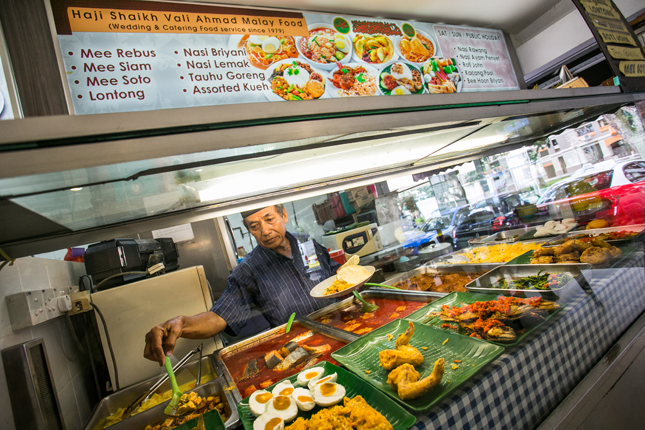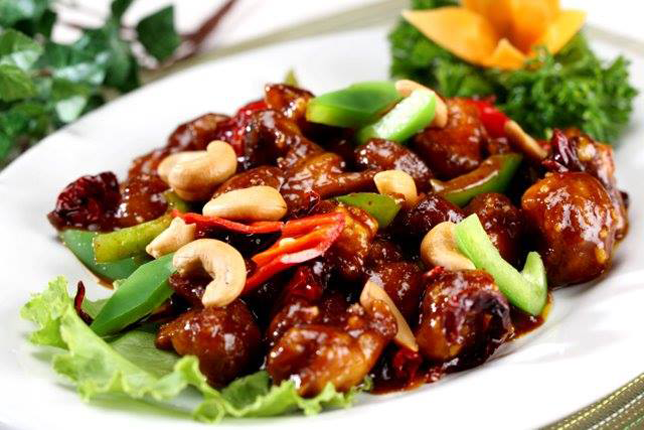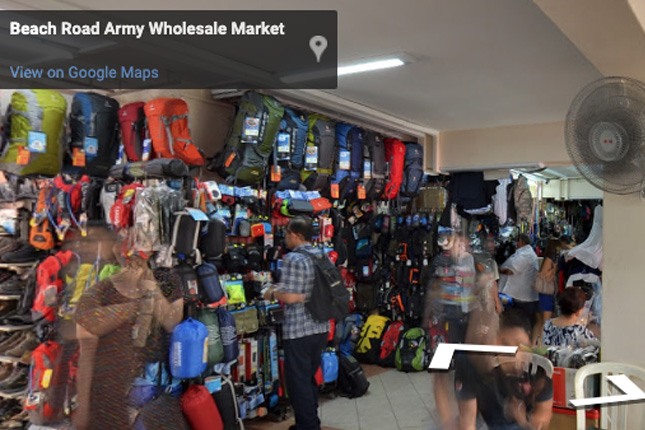Kueh
Kueh (or kuih in Malay) are types of snacks that have become a staple in Singaporean food culture. Kueh can be both sweet or savoury, and they are often baked or steamed, traditionally using a charcoal fire. Many kueh are made from glutinous rice, coconut and gula melaka (palm sugar). Pandan is also commonly added as flavourings and fillings. Commonly associated with the Peranakan and Malay cultures, kueh in Singapore today also carry influences of other culinary traditions that are part of the country’s culinary heritage.
Geographic Location
Kueh are widely available across Singapore. Although, they are more likely to be bought from confectionary shops and restaurants, some families still make traditional kueh at home. Kueh can also be found in other parts of Southeast Asia including Malaysia, Indonesia and Thailand.
Communities Involved
Malay and Peranakan kueh were typically made in households, with recipes passed down from generation to generation. Today, however, kueh-making workshops and classes which are open to the public have made it easier for other communities to pick up the skills as well.
Selling kueh in Singapore is not limited to any particular community. An example would be the Lek Lim Nonya Cake Confectionary. Its Teochew founder, Mr Leck Peng Kwang, started the business after a Peranakan woman taught his wife and him how to make kueh. In addition to such commercial ventures, it is also common to see people selling homemade kueh during festivals, such as at the annual Hari Raya bazaar in Geylang Serai.
Organisations such as Mendaki and Slow Food (Singapore) help local kueh makers showcase and sell their products.
Associated Social and Cultural Practices
The bite-sized pieces of kueh come in different shapes, colours, and flavours. The ingredients used are easily found in Southeast Asia, and include sweet potato, tapioca, and taro. People have introduced new flavours such as chocolate and strawberry in recent years.
The cooking methods play an essential role in kueh-making. Some types of kueh are wrapped in banana leaves before steaming, which gives them a distinct fragrance. Similarly, the traditional way of cooking kueh over a charcoal fire is said to give them a certain “smokiness”.
Kueh are a highlight during celebratory occasions such as weddings, new births, and festivals. The colour of the delicacies carries special meaning in Peranakan culture, with certain hues used for specific events. For example, the kuih ku merah, widely referred to as ang ku kueh (glutinous rice flour and filled with mung beans or peanuts) is made to celebrate weddings or a child's first month. It is shaped like a red tortoise, as red is an auspicious colour and the tortoise signifies longetivity. The same kueh is coloured black if it is used during the Zhong Yuan Jie (also known as the Hungry Ghost Festival) or death anniversaries.
Another important food colour is the blue hue obtained from the bunga telang, also known as the butterfly pea flower. This is used for certain Peranakan kueh that are served at funerals.
Experience of a Peranakan Practitioner
Mr Raymond Khoo has been in the restaurant business for over thirty years and owns a traditional Peranakan restaurant in Singapore. He started helping his mother in the kitchen at a young age, and he learnt how to make kueh such as kway pie tee (delicate pastry cups with savoury filling) and kueh bahulu (fluffy Asian madeleines) from her. One of the first skills he picked up was cooking kueh the traditional way using a charcoal pit. However, it would take many years of practice before he could get the batter to taste the same as what his mother used to make. He still values the family recipes that have been passed down from his grandmother, godmother, mother and other older relatives. He believes that the taste of handmade kueh cannot be replicated by machines.
Mr Khoo notes how various cultures have influenced the way kueh are made and how they are eaten. And while certain kueh are unique to specific communities, there are shared variations of these delicacies such as the popular multi-layer kueh ; known as Jiu Ceng Gao to the Chinese community, and Kueh Lapis to the Malay community.
Mr Khoo believes there is a need to preserve traditional recipes and techniques. This would be a way to acknowledge the heritage of the food as well as allow future generations to experience and appreciate authentic kueh. In order to accomplish this goal, Mr Khoo proposes doing more to promote kueh, such as showcasing them at food and culture festivals in Singapore and abroad.
Present Status
Kueh remains very popular in Singapore. The demand is met by commercial establishments mass-producing these delicacies. Mechanisation has allowed the kueh-making process to be more efficient. For example, making 120 pieces of kueh lapis (a multi-layered cake) used to require four to five workers. This quantity can now be churned out by a machine in just one and a half hours.
There are now fewer people making kueh at home, which may be due to Singaporeans’ busy lifestyle and higher labour costs. However, many people enjoy eating handmade kueh and want to preserve the tradition of handmade kueh.
References
Reference No.: ICH-085
Date of Inclusion: October 2019
References
Khoo, Joo Ee. The Straits Chinese: A Cultural History. Amsterdam and Kuala Lumpur: The Pepin Press, 1996.
Tan, Chee Beng. The Baba of Melaka: Culture and Identity of a Chinese Peranakan Community in Malaysia. Petaling Jaya: Pelanduk Publications, 1988.
Tan, Chee Beng. Chinese Peranakan Heritage in Malaysia and Singapore. Kuala Lumpur: Penerbit Fajar Bakti, 1993.

















